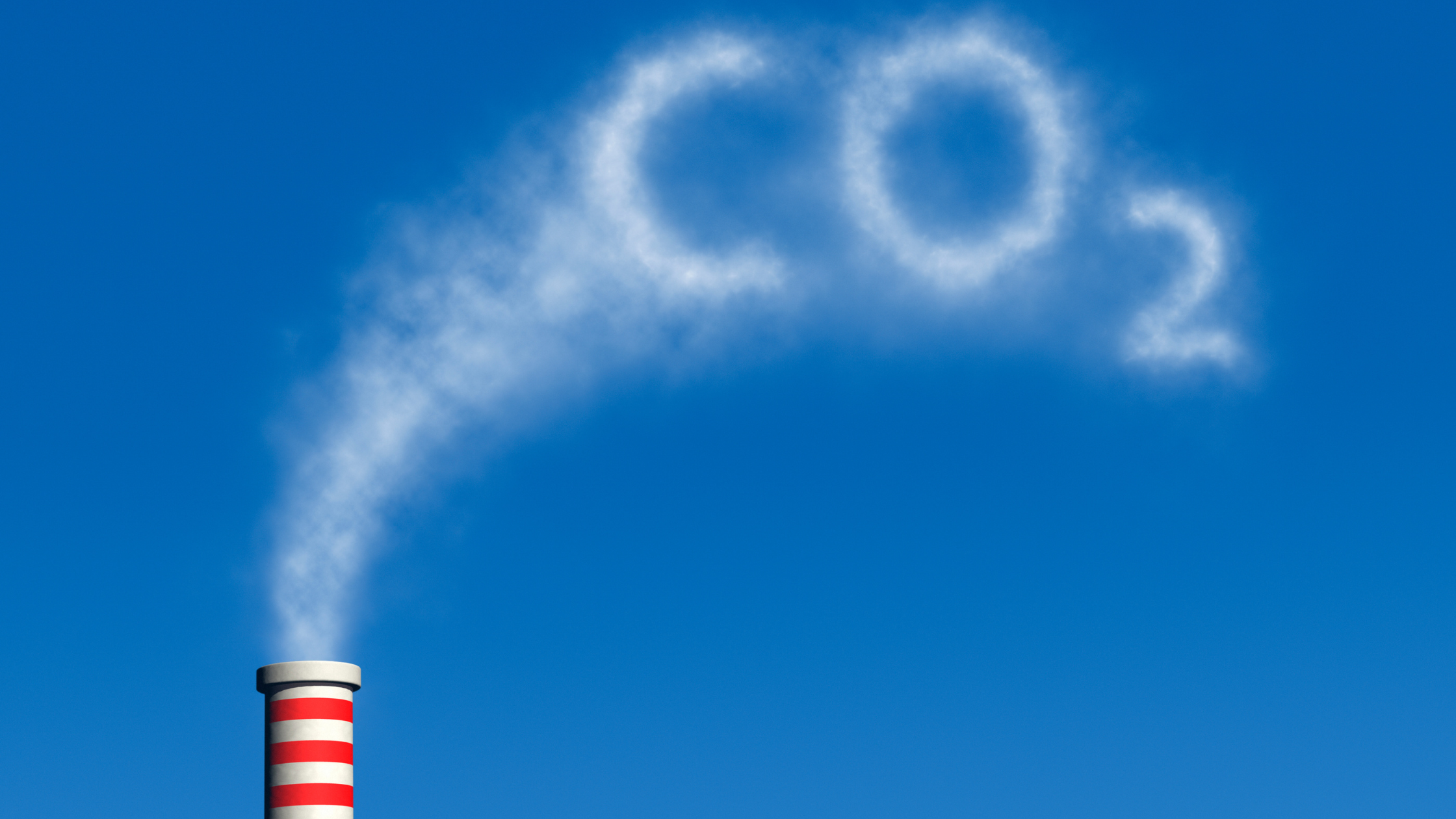Imagine you’re back in school and there is a public program where, if you paid in a little, you were guaranteed one GPA point. Knowing this 10% increase isn’t stigmatized, would you do it?
Carbon-neutral business practices are becoming more and more prevalent with their green-practices predecessors having paved the way. Green-practices traditionally focused on environmentally responsible principles in one’s own reach, like recycling, using fluorescent bulbs, cycling to work, etc. Carbon-neutral practices acts as a patch in places where green-practices cannot be applied, and in reductionist terms, it is an offset.
Have you done your Carbon accounting? As a company you can quantify your carbon footprint easily when it comes to shipping product. In terms of shipping inside of the United States, product will most likely be moved by tractor trailers and a small chance by rail. Either way, it is rather simple to calculate:
Multiply the percentage of your product on the diesel tractor trailer by the number of miles driven by the tractor trailer, multiply it by average 6.5 mpg cte (carbon tonnes emitted) constant 0.0002382 = total carbon tonnes emitted for trip.
= (Pyours/Ptotal)*miles*.0002382=carbon tonnes emitted.
If you want to calculate this as an end-consumer, you would have to calculate last mile shipping as well which would include the gasoline carbon output from the box delivery vehicles.
You now have a benchmark for internally or externally neutralizing the carbon. The most obvious option is buying land and planting trees yourself, but it takes 30-45 trees to offset just 1 tonne of carbon. Using the above constant, this would have to occur every one-way, full shipment trip between north to south California.
However, there are other options you can undertake to offset CO2 emissions. This is where you can work with an offsetting company that takes donations to perform carbon-offsetting activities such as planting trees, buying portions of land set for industrialization and keeping it as a preserve, building hydroelectric dams, or converting coal to biomass powered factories. The list of carbon-offsetting activities goes on.
Transportation is the highest emissions sector in the US at 38% with tractor trailers contributing 27% of those emissions. Together, that leads to tractor trailer emissions alone being ~10% of the total US emissions.
At Bricz, we know the future of supply chains relies on innovation and sustainability and we’re striving to drive solutions for customers that are both cost-conscious and Earth-conscious. With that, we encourage you to quantify your operations’ carbon footprint and explore opportunities to offset.
Disclaimer: Bricz does not work directly with any carbon-neutral charities. As such, we encourage you to investigate each charity carefully and communicate closely before donating.
Contributor: Matthew Segars, Senior Supply Chain Consultant at Bricz
